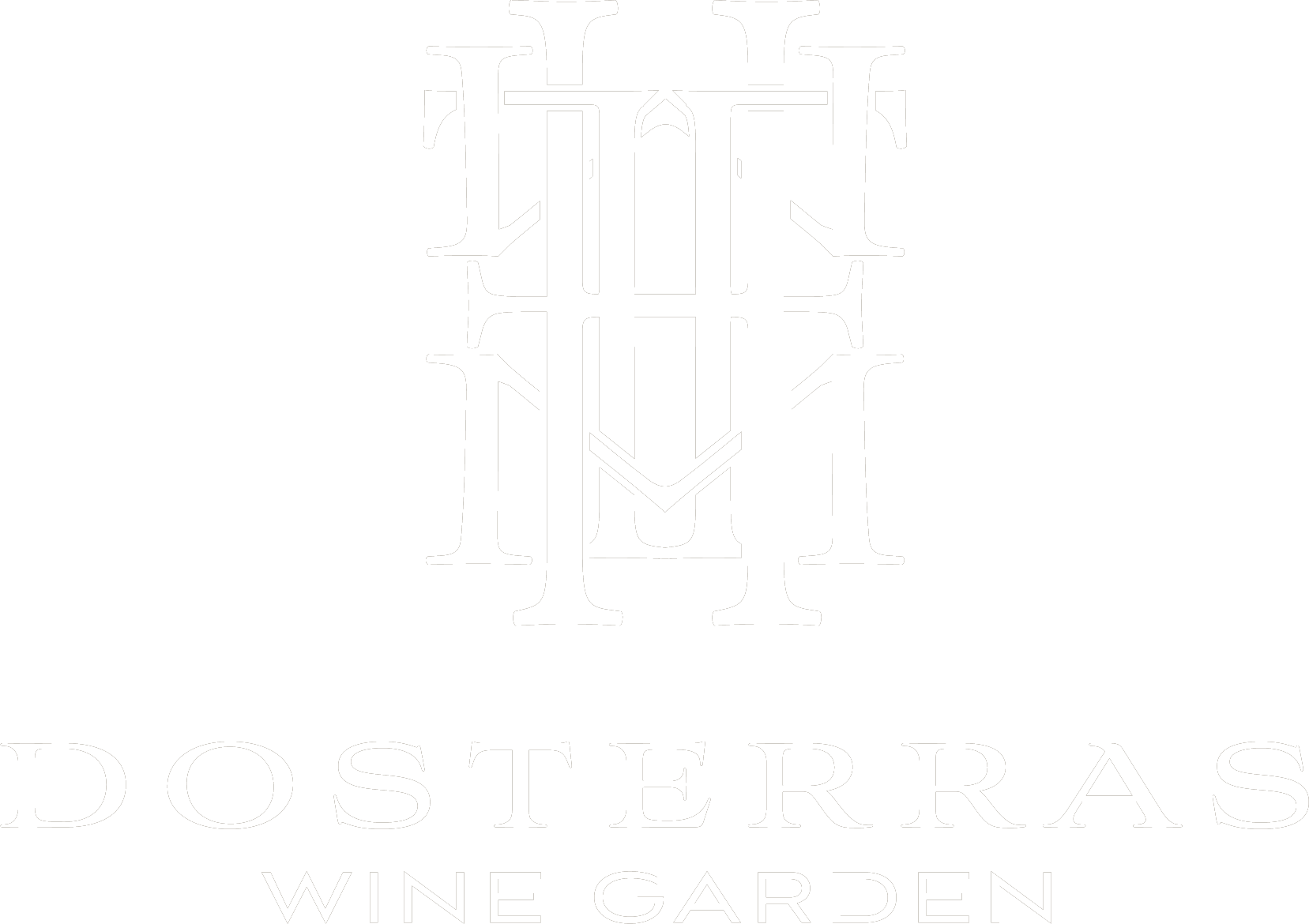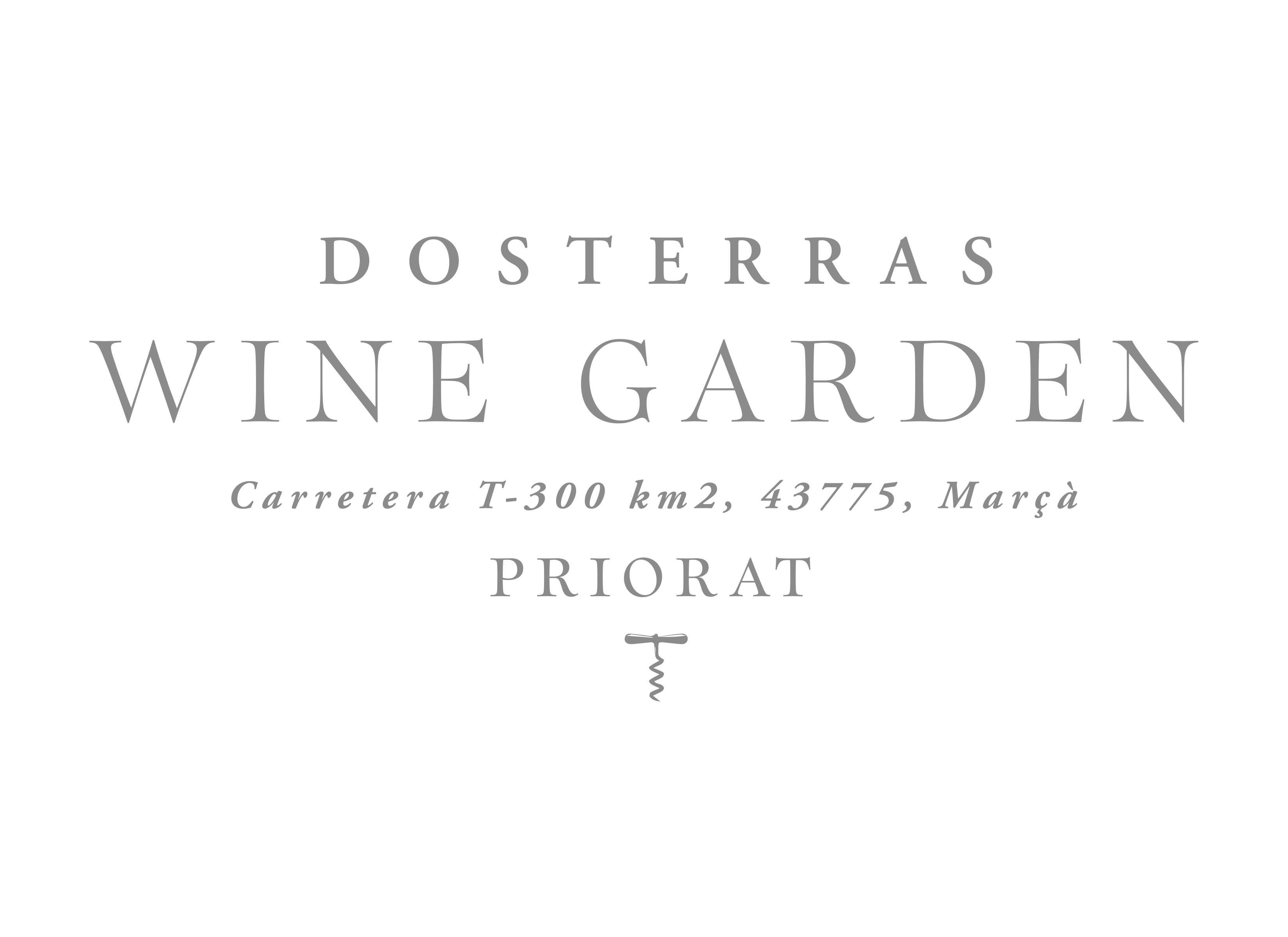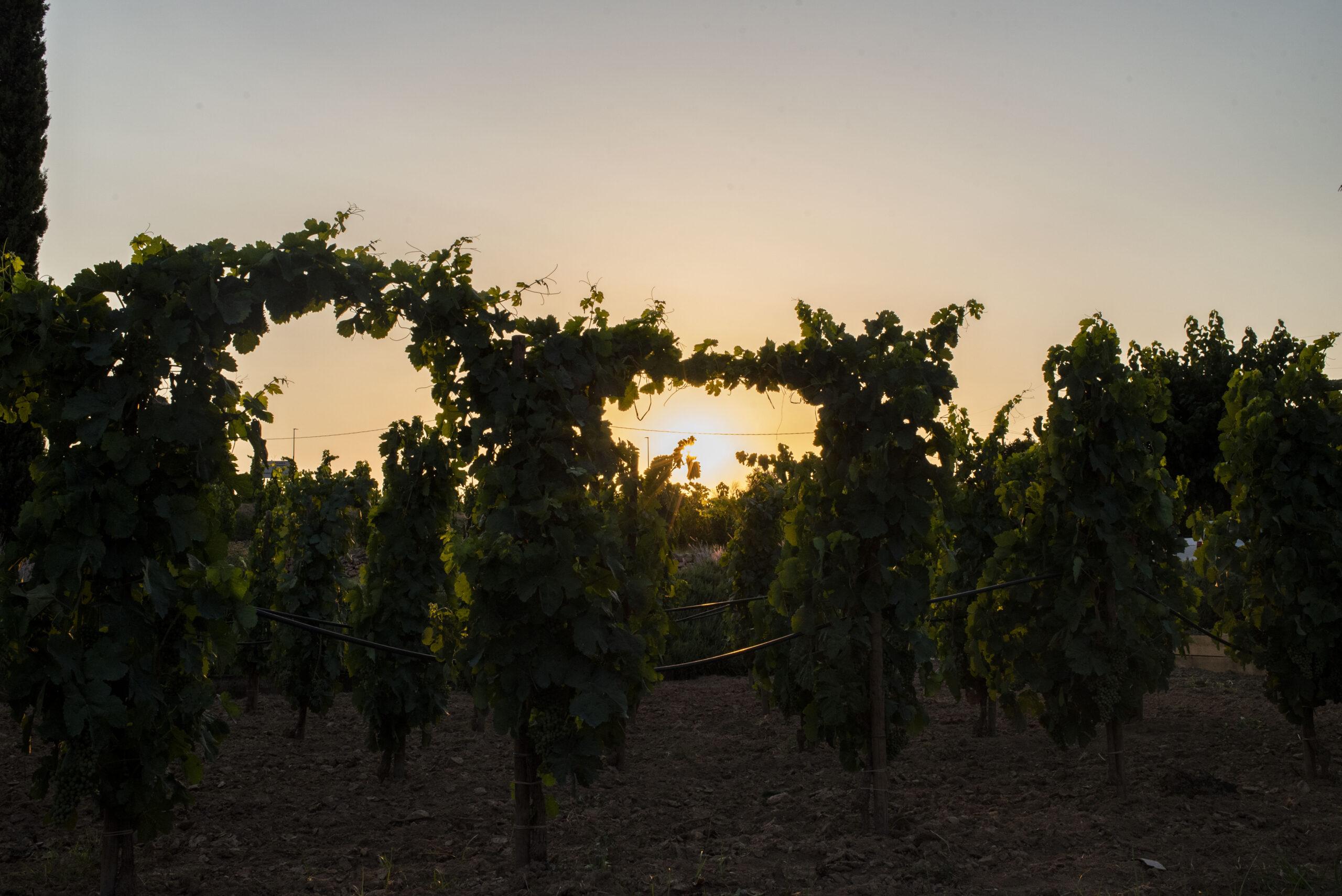
Interesting Facts about the Priorat
If you close your eyes and think of the Priorat, you’ll probably picture terraced vineyards, charming little villages, ancient olive trees and silence. But this corner of inland Catalonia hides many stories and curiosities that make it even more special. Today, we’d like to share some of the most fascinating curiosities of the Priorat with you.
1. A landscape shaped over centuries
What we now call a “postcard landscape” is actually the result of centuries of hard work. Vineyards in the Priorat don’t grow on flat land—they thrive on steep slopes that require dry-stone terraces, an ancient system that prevents erosion and makes the most of the terrain. This technique is so important that it has been recognized by UNESCO as Intangible Cultural Heritage.
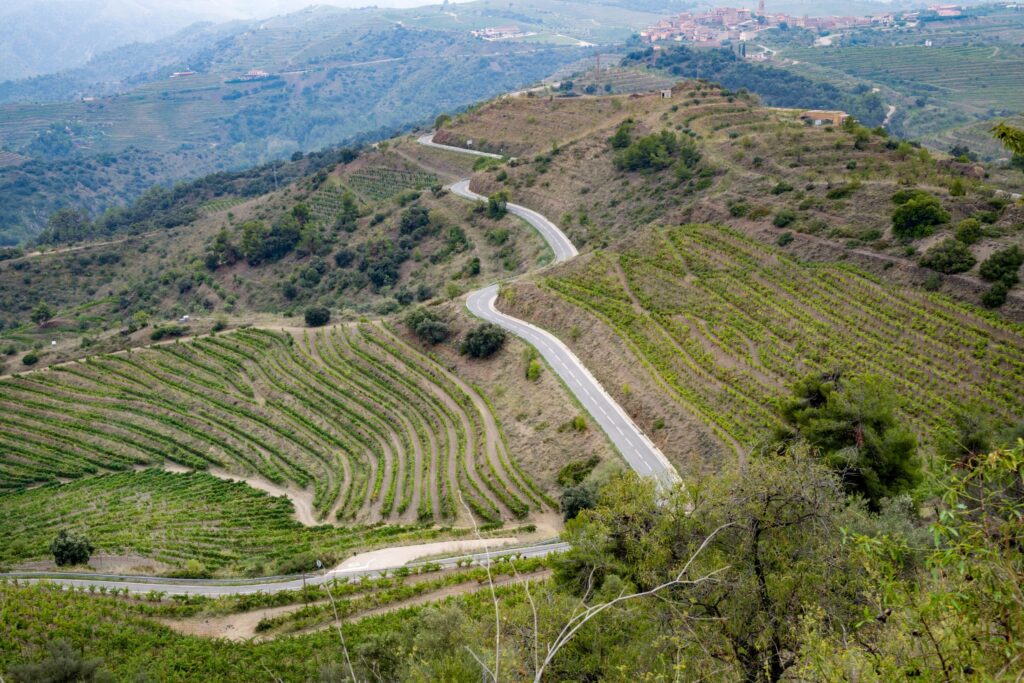
2. Land of llicorella
One of the Priorat’s greatest singularities is its soil: llicorella, a brittle slate that absorbs the sun’s heat during the day and releases it at night. This gives the wines a unique character, with mineral notes and a strong personality. It’s one of the most treasured secrets of Priorat’s winemaking.
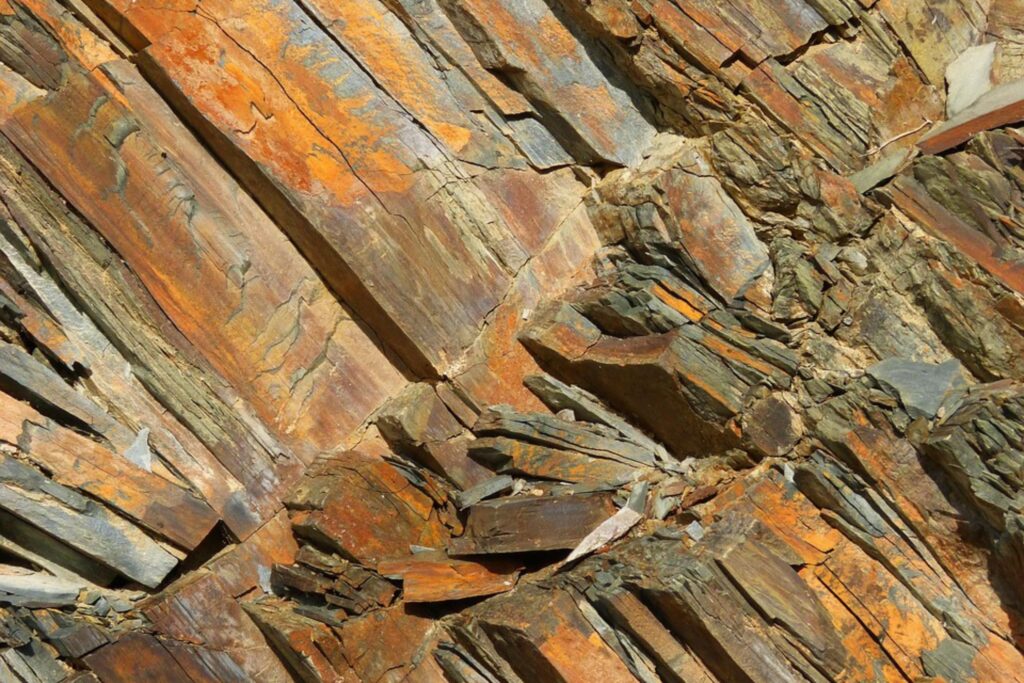
3. Two coexisting designations of origin
You may have seen it on a label and wondered: the Priorat is home to two coexisting designations of origin. DOQ Priorat and DO Montsant share the same territory, but they’re different. DOQ Priorat is the only designation in Catalonia with “Qualified” status, recognized for its exceptional quality and unique terroir. DO Montsant, though younger, has earned great prestige thanks to the dedicated work of small cooperative and family-run wineries.
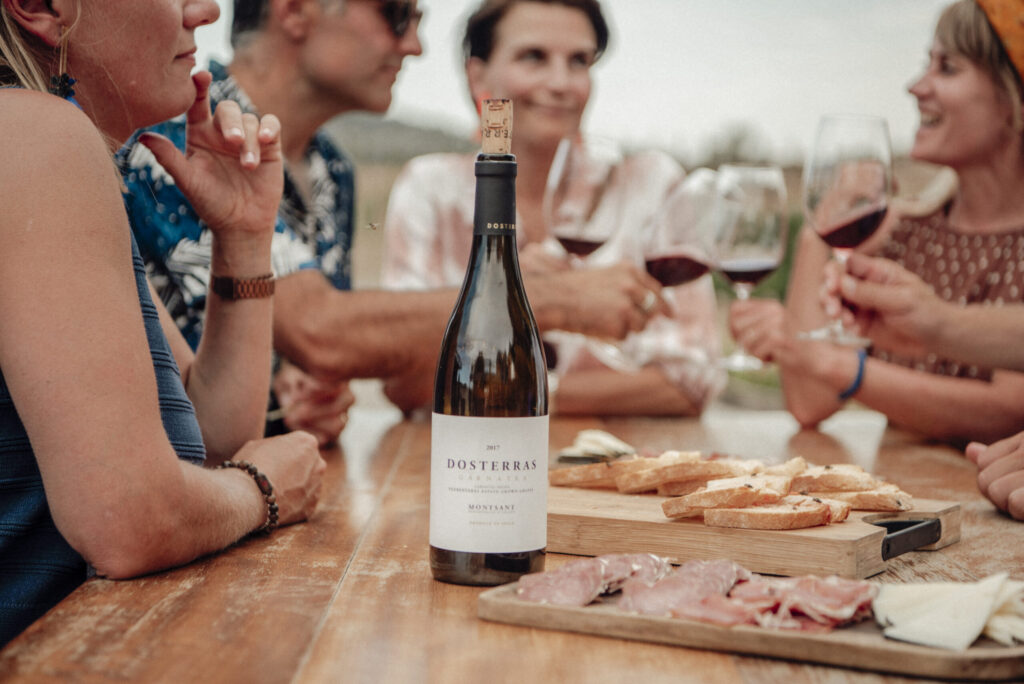
4. Small villages full of life
The Priorat is made up of small municipalities, many with fewer than 500 inhabitants. Gratallops, Porrera, La Vilella Baixa, or Escaladei may seem quiet, but they are true hubs of creativity—home to internationally recognized wineries, festivals, local crafts, and cultural initiatives that keep the region vibrant all year round.
5. A monastery that changed everything
The name “Priorat” comes from the Carthusian monastery of Escaladei, founded in the 12th century. It was the first Carthusian monastery on the Iberian Peninsula and played a key role in transforming the landscape. The monks introduced new agricultural techniques, organized the territory, and promoted vine cultivation. Today, the site can be visited, offering a glimpse into monastic life as it was 800 years ago.

6. A future rooted in the land
The Priorat is not just a beautiful place—it’s a region that actively works to preserve its identity. Projects like its UNESCO World Heritage candidacy highlight the deep connection between the landscape and its people. And every day, cooperative, ecological, and social initiatives strive to make the Priorat a sustainable place worth living in—and coming back to.
Come and discover the Priorat!
Whether it’s with a glass of wine in hand, hiking boots on your feet, or simply the desire to disconnect, the Priorat always has something to tell you. You just have to listen.
And remember, if you want to celebrate your event in the Priorat or enjoy it in a different way, at Dosterras Wine Garden we can help make it happen—just get in touch with us.

